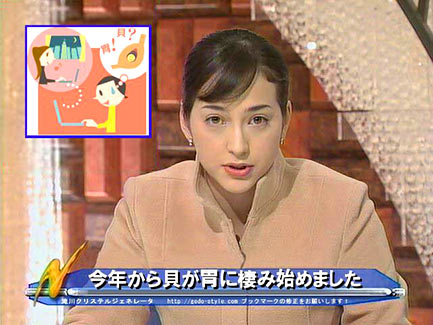Back in the early days of my interest in Japan, I used to wonder how computers and word processors might work in the language, with its convoluted system of hiragana, katakana and kanji — I’d imagine keyboards with hundreds of keys on them to make input possible. The reality is much simpler: modern computer OSes use a front-end program (IME in Windows, Kotoeri on Mac) to take text you’ve entered using the normal keyboard layout and convert it to the proper kanji or kana characters for you when you hit the space bar. There are certain fundamental issues that come up when using Japanese with a computer. First, there’s the danger of henkan-miss or mistakenly entered kanji characters, like a news report on Japanese “living abroad starting this year” that displayed “shellfish living in your stomach starting this year” on the screen by accident. Then there’s the problem of mojibake (mo-ji-bah-kay), literally “characters turning into monsters on your screen,” which can happen if your web browser can’t figure out the correct character conversion to use for displaying text. Finally, since Japanese net users are the laziest in the world, a class of English slang words typed with Japanese input mode active has been born, like yoh-tsubeh for YouTube or sloppy versions of “ok” and “up” (upload). If you ever see Japanese net users using the letter “w” in strange ways, it represents laughter.















